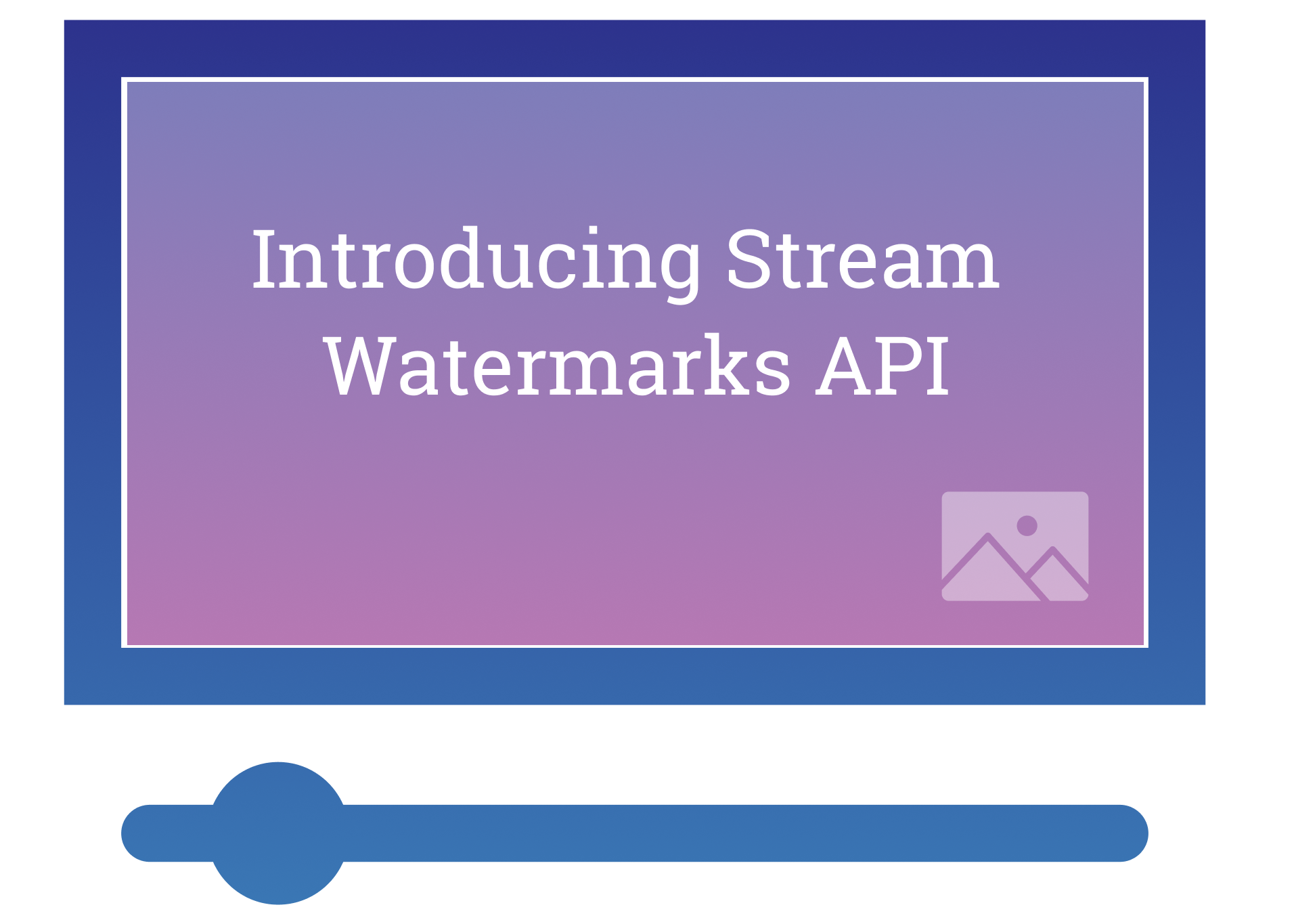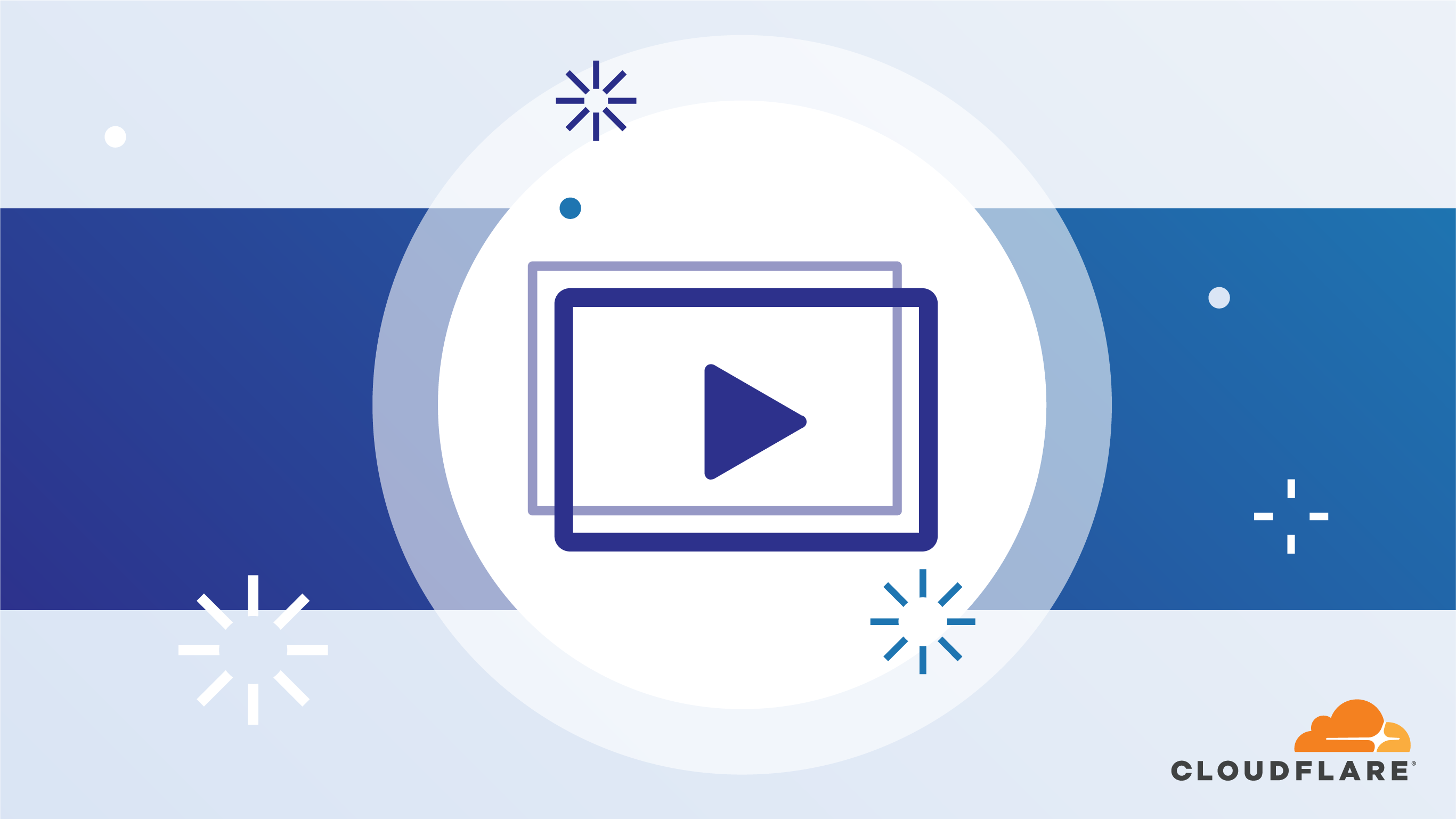0
Security automation is an area that encompasses different practices, such as investigation & response, security compliance, hardening, etc. While security is a prominent topic now more than ever, all of these activities also greatly benefit from automation.
For the second year at AnsibleFest, we will have a channel dedicated to security automation. We talked with channel Lead Massimo Ferrari to learn more about the security automation channel and the sessions within it.
Security Channel
The sessions in this channel will show you how to introduce and consume Red Hat Ansible Automation Platform in different stages of maturity of your security organization as well as using it to share processes through cross-functional teams. Sessions include guidance from customers, Red Hat subject matter experts and certified partners.
What will Attendees learn?
The target audience is security professionals who want to learn how Ansible can support and simplify their activities, and automation experts tasked with expanding the footprint of their automation practice and support security teams in their organization. This track is focused on customer stories and technical guidance on response & remediation, security operations and vulnerability management use cases.
Content is suitable for both automation veterans and Continue reading
 The DNS protocol needs refreshing but a global, distributed database is not easy to change. The folks leading the DNS architecture are making small but substantial changes once per year. There is a non-zero but small risk that something will break for some people. This year they are addressing DNS Fragmentation on UDP and required […]
The DNS protocol needs refreshing but a global, distributed database is not easy to change. The folks leading the DNS architecture are making small but substantial changes once per year. There is a non-zero but small risk that something will break for some people. This year they are addressing DNS Fragmentation on UDP and required […]



 It hadn’t occurred to me that having Dual SIMs in a smartphone has hidden aspects of complexity. In this slide, having multiple SIMs means thinking about activity – are both SIMs active at all times ? If so, are you willing to incur the battery and product penalty to have dual radios operating simultaneously. Or […]
It hadn’t occurred to me that having Dual SIMs in a smartphone has hidden aspects of complexity. In this slide, having multiple SIMs means thinking about activity – are both SIMs active at all times ? If so, are you willing to incur the battery and product penalty to have dual radios operating simultaneously. Or […]


